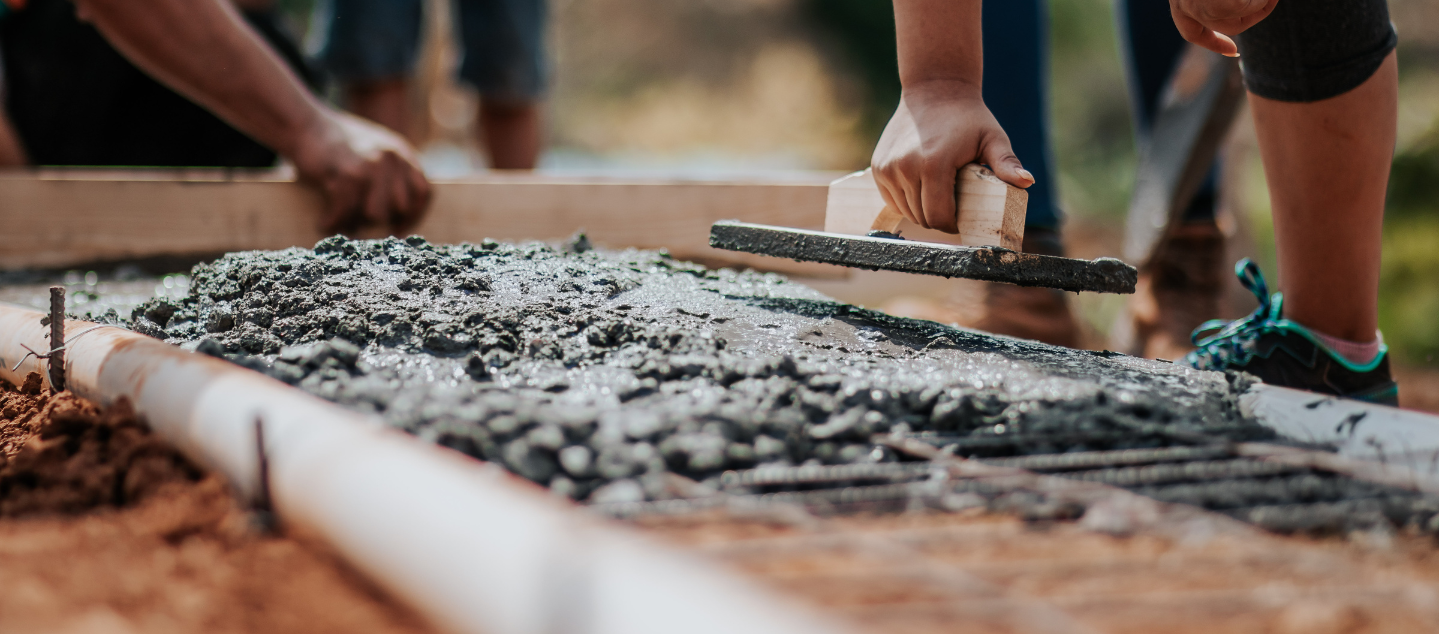Cement, a crucial material for construction globally, is heavily dependent on coal for energy, which accounts for approximately 90% of the energy requirements of cement plants.
While coal is not a direct ingredient in cement, it plays a dual role in its production:
- As an energy source: Coal is combusted to generate the heat required to fire the kilns that produce cement. Roughly 450 grams of coal are needed to produce 900 grams of cement.
- As a source of fly ash: Fly ash, a fine powdery residue produced when coal is burned, is a pozzolan, meaning it reacts with water to form a cement-like material. Fly ash is used as a substitute for Ordinary Portland Cement (OPC) used in cement production.
How is Cement Made?
-
Raw materials such as limestone, clay, and sand are crushed and mixed together.
-
The mixture is fed into a kiln and heated to about 1450 degrees Celsius.
-
This heat triggers a chemical reaction in the raw materials, forming a substance called clinker.
-
The clinker is ground into a fine powder to create cement.
-
This cement is then used to make concrete, which is a mixture of cement, water, and aggregates (like sand and gravel).
Applications for concrete
Concrete finds extensive use in various construction applications, including buildings, bridges, and roads. As global infrastructure projects increase, particularly in developing countries dependent on coal, the consumption of coal-fueled cement remains vital.
Looking ahead to 2050, global demand for cement is projected to exceed 4.01 billion tonnes. This projection holds even with moderating demand in economies like China, where rationalisation of excess cement production capacity is underway.
However, given the energy-intensive nature of cement production, reducing greenhouse gas emissions is crucial. Clinker, a key component of cement, contributes to 8% of global greenhouse gas emissions.
By adopting innovative solutions such as using waste coal fly ash as a substitute for kiln-based cement production, the cement industry can significantly contribute to global efforts towards achieving a greener and more sustainable future.
Apart from the major advantages of using coal fly ash in cement and concrete, being the mitigation of climate change by lowering the clinker-to-cement ratio, fly ash can also increase concrete durability, which increases the service life of reinforced concrete structures. This has massive ramifications on reducing the impact of cement production by creating a more resilient product
Case study
Innovation in the cement sector extends beyond the use of fly ash.
China National Building Materials (CNBM) has led the charge in pioneering advancements in this industry. A key breakthrough they have achieved is developing a new dry-process technology for cement production. This technique is not only more energy-efficient but also more environmentally friendly compared to traditional wet-process production.
CNBM’s innovative approach includes utilising municipal waste from the local Beijing area as a fuel source, with coal as the primary heat source. The ash produced in this process is retained and used as a crucial ingredient in clinker production.
Furthermore, CNBM has ventured into creating high-performance building materials. These include plasterboard, ceramics, and even carbon fibres derived from coal. These innovations highlight CNBM’s commitment to sustainability and efficiency in the cement industry.
